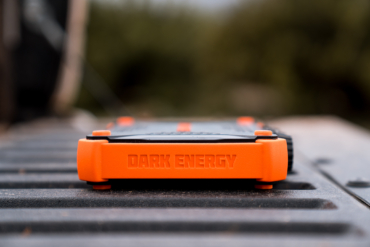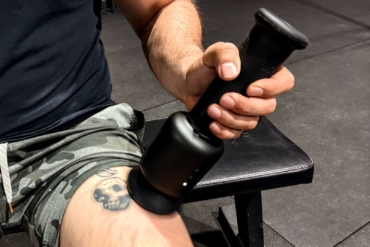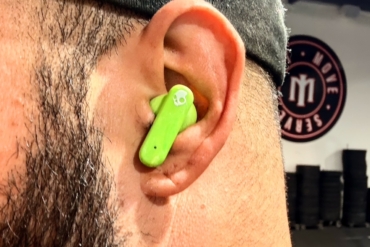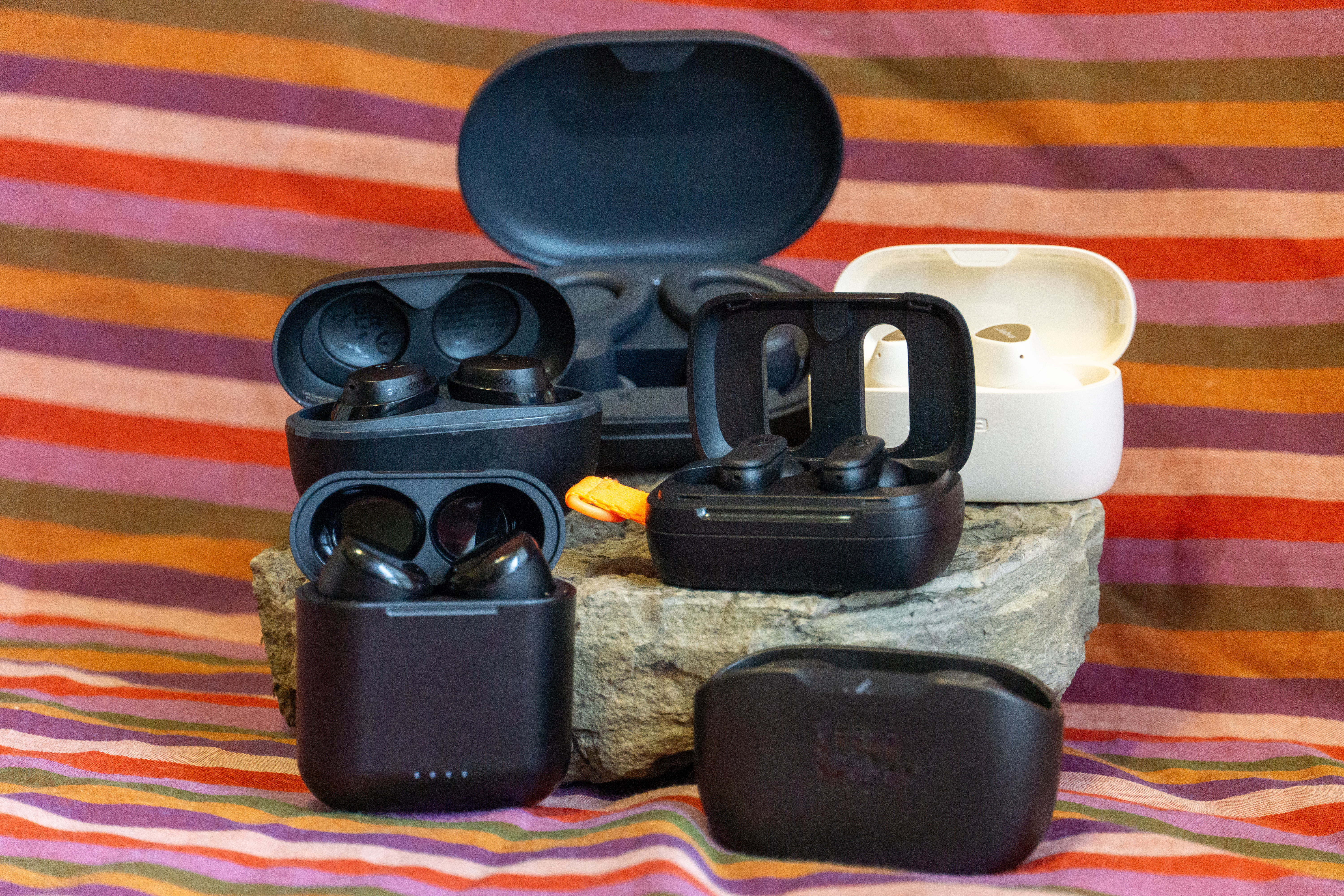
When swinging the hammer in the house of pain, you want to hit the nail on the head. Nothing ensures improved performance more than using a heart rate monitor.
Last year Mio broke new ground with its ALPHA, becoming the first performance level monitor to drop the chest strap and read directly from the wrist. Mio leveraged pulse oximeter technology to capture cardiac performance through two green LEDs (shining light into the skin) and an electro-optical cell (measuring your blood volume moving through your skin). Working with Phillips, the company developed motion tracking technology that parses the “noise” of motion to read a clean heart rate signal.
This year, Mio released its latest monitor, the LINK.
Unlike the ALPHA, it doesn’t have a display. It uses Bluetooth technology to communicate with your smart device through the fitness app of your choice.
I’ve used it for about a month. Here’s the skinny on this strapless technology.

The Gear: Mio LINK
Price: $100
Available: Now
Where To Test It: Running, cycling, the gym
Who’s It For: Tech oriented people who want to monitor their efforts on their smart device

Boring But Important: Bluetooth Smart (4.0); ANT+; rechargeable battery, with 8-10 hours of life; USB charger provided; water resistant to 30m.
Important Specs: Included in the box are a USB cable and a slim wristband. The USB plugs into the back of your computer and has a magnet that couples to the back of the band while recharging. This is also how you can access firmware updates.
For accurate and continuous reads, the band needs to fit snug — tighter than a watch. But the band is supple and Mio offers two sizes to fit for most wrists. The tail of the band has two tabs that lock into the same row of holes, securing it from flipping around. The underside of the band has two grooved rows to channel pooling sweat.
To activate LINK, you press and hold a button. The LED light will blink blue on the face and green on the underside.

LINK shares exertion levels through the top LED light: Cyan = resting; Blue = warm up/ recovery; Green = Endurance; Yellow = Aerobic; Magenta = Anaerobic; Red = Peak
Having a color-coded light is a plus for those who workout at night and want a quick check in the dark.
To maximize the effectiveness of LINK and display specific heart rates, you will need to configure LINK through a fitness app on your smart device. I chose Mio’s own GO app so my experience is biased to the abilities of the app. But you can pair LINK to most any fitness app written for Bluetooth 4.0, like Strava, Wahoo, or RunKeeper. Once you enter your vital stats — age, sex, weight, etc. — you simply connect to LINK through the app and your workout becomes individualized to your zones.
If you decide to go it alone without your smart device, GO’s programmed levels will continue to reflect on the top LED button through the color codes above. While it’s not as exact as knowing the real numbers, it puts you in the ballpark, which makes it a good fit for a general aerobic workout.
While this is a review of the LINK device, it’s worth mentioning the abilities of Mio’s GO app. GO captures duration, calories burned and uses your smart device’s GPS to track distance. It also captures average and max heart rate, speed and power.
GO doesn’t track advanced metrics (how long you paid your dues in each zone), nor does it store significant data between workouts.
Made In: Designed in Canada, made in China

Killer! Dropping the chest strap and transmitting from a wristband is a smart idea whose time has come. Having used a chest strap HRM for 10 years, I can confirm that they slip, are uncomfortable and can chafe.
The band uses a silicon rubber and is very flexible. The grooves on the underside tunnel sweat efficiently and the porous pattern helps it breathe well.
The read is spot on…if it doesn’t drop it.

Flaw: For an accurate read, you really have to cinch the band tight. The band dropped my heartrate several times. This could have been a loose band or it could have been the app.
I also found the signal dropped when I really sweat. This is likely from it slipping off my wrist a bit. With it, my interval was restarted. This could be frustrating if you are gauging your workout in time increments.
A minor point: the USB charger cable is short and dongles off of your desktop. But it works.

First Impressions: A true heart rate monitor is part sensor and part computer. As a strap, LINK does its job better than any other. The sensor is spot on and it actually tells you your zone. I don’t know of any other sensor strap that does this in real time without a receiver. This maybe is the missing link for the fitness enthusiasts looking for a band to match their favorite app.
But the serious athlete—cyclists, competitive runners and triathletes—will be looking for more. More data on the wrist (not via a smart phone) that tracks load and recovery, splits, cadence and optimal training. As a band, LINK can’t do this and the ALPHA only partially gets you there.
Mio broke some technological barriers that allude to a promising future. To become the performance level monitor they want to be, they will have to take the bull by the horns and develop more detailed software and a better ALPHA. Mio shared with me that they are fine-tuning a web portal to track and view data, so perhaps we can expect to see firmware coming soon, or better yet, a wrist computer that finally does it all.
Who Should Buy It: Athletes who love their fitness app but need a heart rate monitor to reap the benefits of the app.
Contact Brand/More Beta: Mio Link
—Steve Graepel is a contributor. Our “First Look” column highlights new gear arrivals at GearJunkie.com. Photos © Monopoint Media LLC





